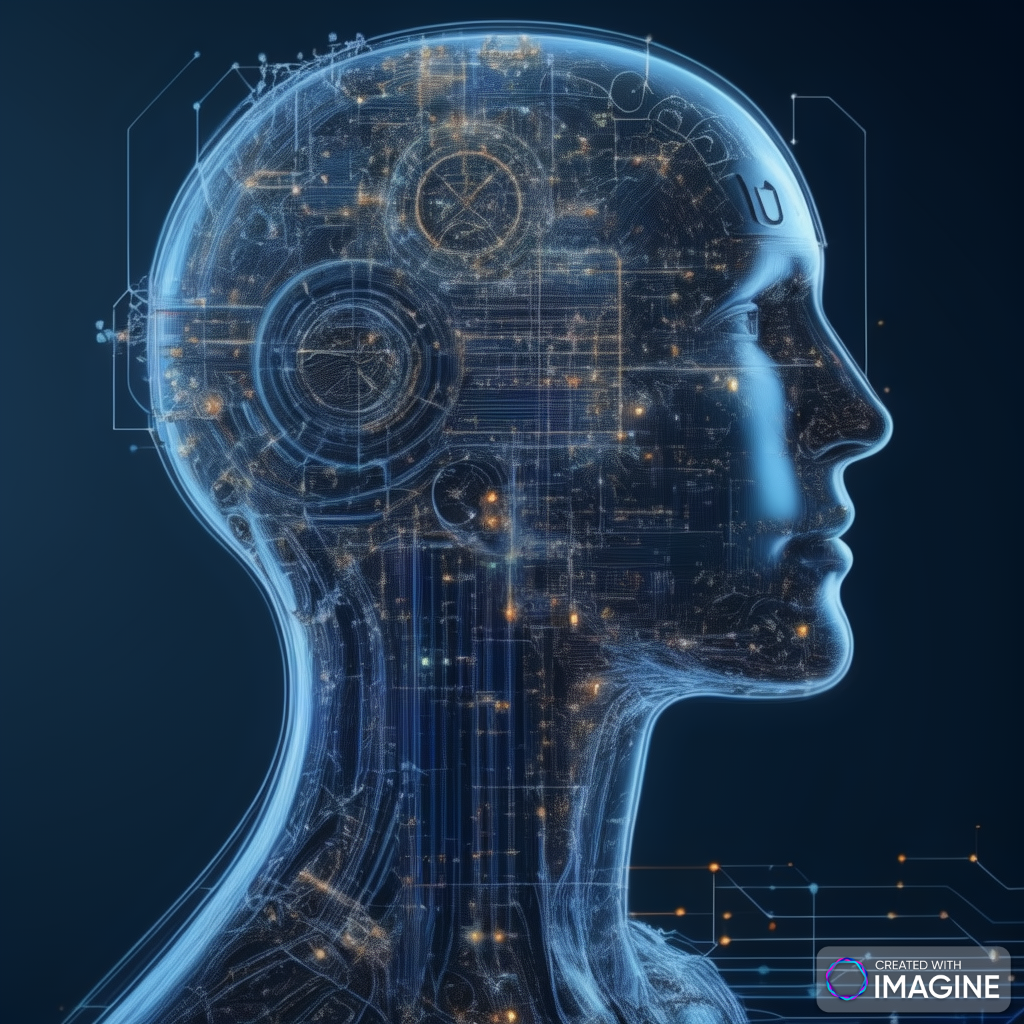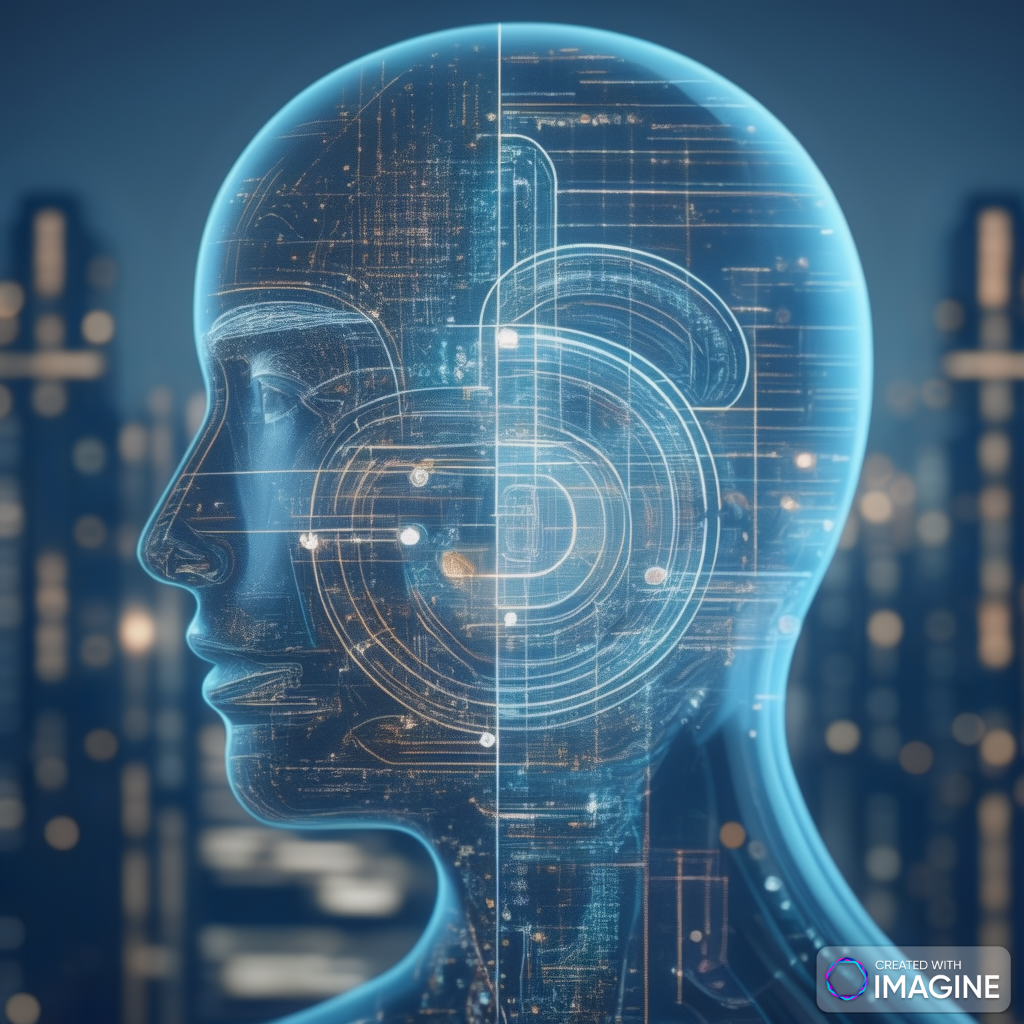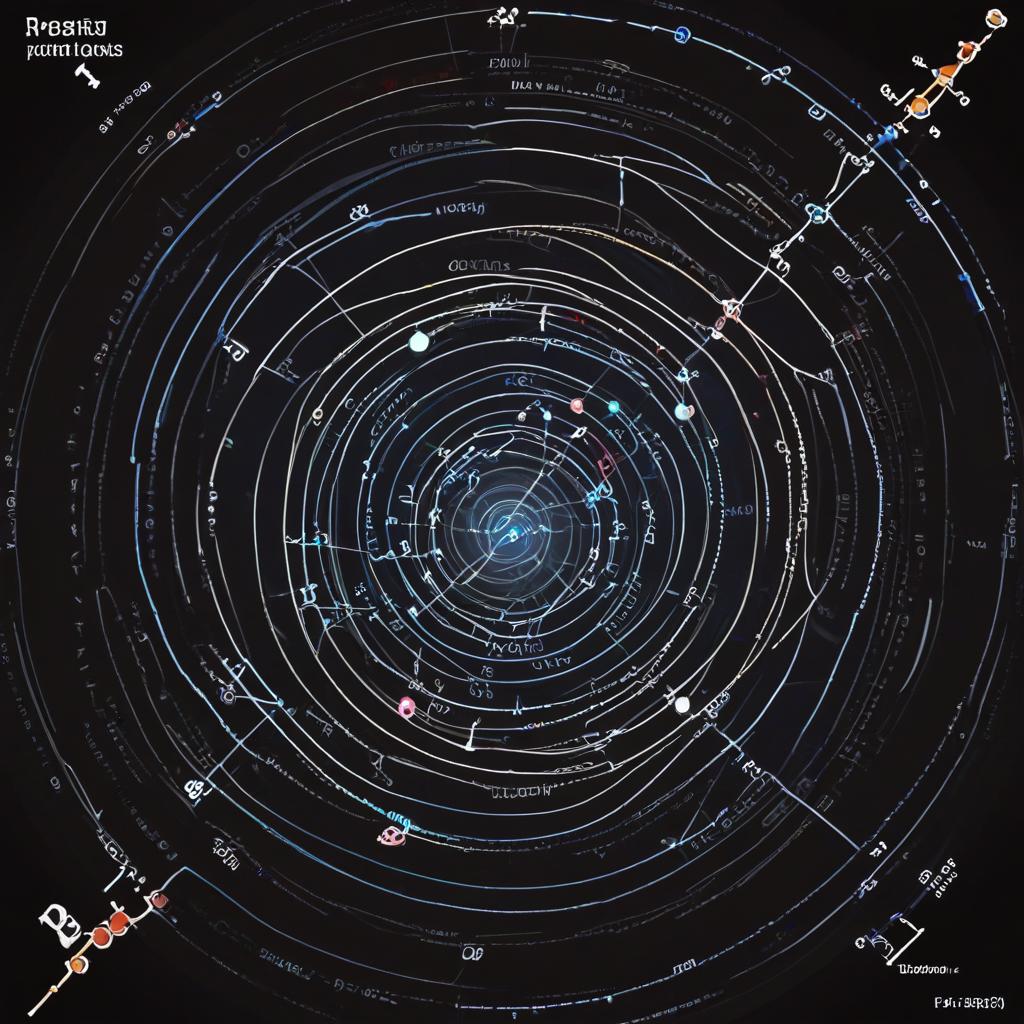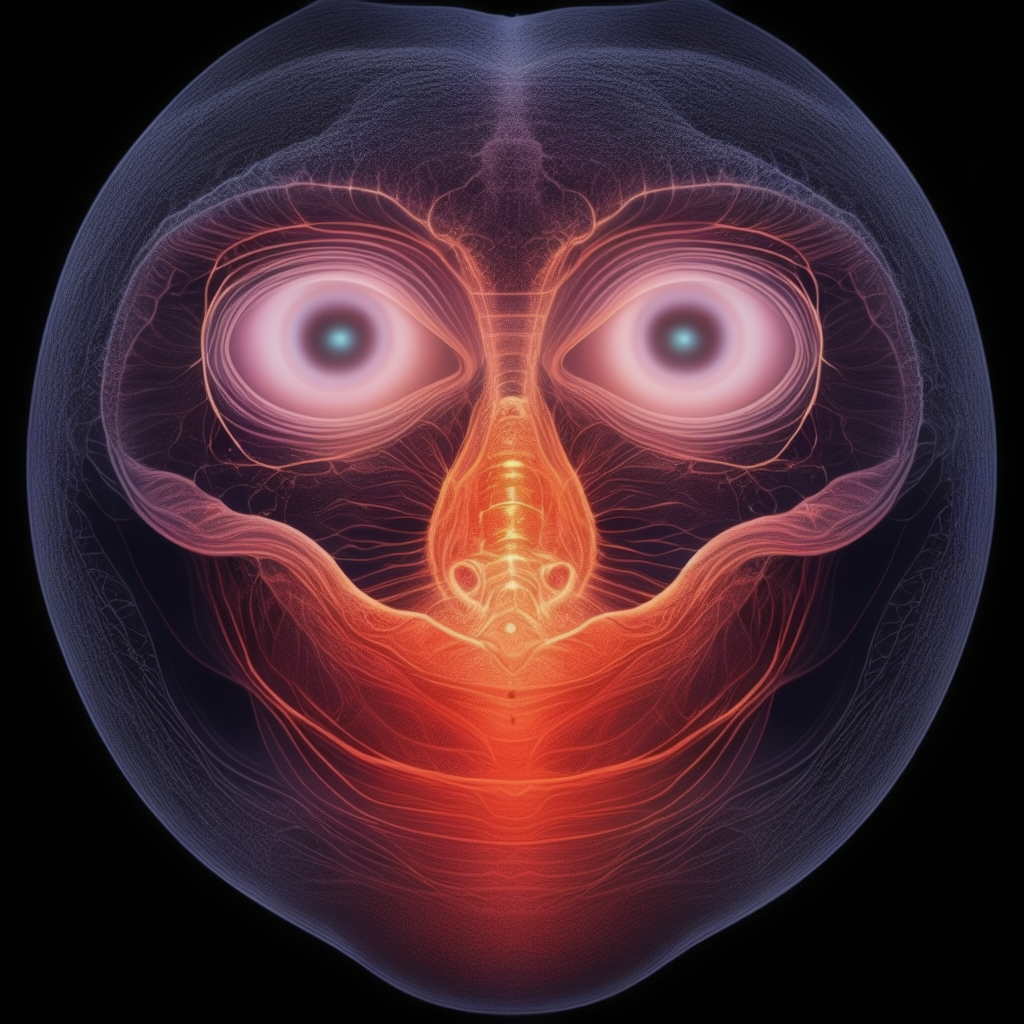In the intricate world of neuroscience and artificial intelligence, Hebbian learning stands as a fundamental principle governing how neural networks evolve and learn. Coined by Canadian psychologist Donald Hebb in 1949, this concept has since laid the groundwork for understanding the mechanisms underlying memory formation, associative learning, and neural plasticity. In this blog post, we delve into the depths of Hebbian learning, exploring its significance, mechanisms, and implications in both biological and artificial neural networks.
Hebbian learning, a foundational concept in neuroscience and artificial intelligence, intricately governs the adaptive processes of neural networks. Coined by Donald Hebb in 1949, this principle encapsulates the dynamic interplay between synaptic plasticity, network dynamics, and computational implications, offering profound insights into how the brain learns and adapts to its environment. Let’s delve deeper into the multifaceted facets of Hebbian learning, exploring its mechanisms, biological implications, and computational applications in greater detail.
 learning, a cornerstone of neuroscience and artificial intelligence, intricately governs the formation and evolution of neural networks. Originating from Donald Hebb’s seminal work in 1949, this principle offers profound insights into how neurons adapt and encode information through correlated activity. Delving deeper into Hebbian learning reveals a nuanced interplay of synaptic plasticity, network dynamics, and computational implications, shaping our understanding of brain function and inspiring innovative technologies.
learning, a cornerstone of neuroscience and artificial intelligence, intricately governs the formation and evolution of neural networks. Originating from Donald Hebb’s seminal work in 1949, this principle offers profound insights into how neurons adapt and encode information through correlated activity. Delving deeper into Hebbian learning reveals a nuanced interplay of synaptic plasticity, network dynamics, and computational implications, shaping our understanding of brain function and inspiring innovative technologies.
The Essence of Hebbian Learning
At its core, Hebbian learning encapsulates a simple yet profound idea: “Cells that fire together, wire together.” This succinct phrase captures the essence of how neural connections strengthen over time in response to correlated activity. In other words, when two neurons repeatedly and simultaneously activate each other, the connection between them strengthens, leading to enhanced communication. Conversely, if the neurons are not activated together, the connection weakens.
Mechanisms of Hebbian Learning
To understand the mechanisms underlying Hebbian learning, let’s break it down:
- Synaptic Plasticity: At the synaptic level, Hebbian learning involves the modulation of synaptic strength based on correlated activity between pre-synaptic and post-synaptic neurons. When a pre-synaptic neuron consistently triggers a post-synaptic neuron to fire, the synapse between them strengthens through mechanisms like long-term potentiation (LTP). Conversely, when the activation is asynchronous or absent, the synapse may weaken via long-term depression (LTD).
- Neural Networks: In neural networks, Hebbian learning influences the organization and connectivity of neurons. As connections between neurons strengthen through correlated activity, functional circuits emerge, enabling the network to encode patterns, recognize features, and learn from experience.
- Plasticity Rules: Hebbian learning is governed by plasticity rules that dictate how synaptic strengths are adjusted based on neuronal activity patterns. These rules can vary, encompassing simple Hebbian models to more sophisticated forms like spike-timing-dependent plasticity (STDP), which accounts for precise timing differences between pre- and post-synaptic spikes.
Biological and Computational Implications
Hebbian learning’s significance extends beyond the realm of neuroscience, influencing computational models and artificial intelligence:
- Biological Memory and Learning: Hebbian learning provides insights into how memories are formed and stored in the brain. By strengthening connections between neurons that fire together, the brain can encode experiences and information, facilitating learning and memory recall.
- Neuromorphic Engineering: In the field of neuromorphic engineering, researchers draw inspiration from Hebbian learning to design hardware systems that mimic the brain’s computational principles. These neuromorphic devices leverage synaptic plasticity to perform tasks like pattern recognition, sensorimotor integration, and adaptive learning.
- Machine Learning and AI: Hebbian learning has also influenced artificial neural networks (ANNs) and machine learning algorithms. By incorporating Hebbian-inspired mechanisms, such as unsupervised learning and self-organization, ANNs can autonomously learn from data without explicit supervision, paving the way for more efficient and adaptive AI systems.
Elaborating Mechanisms of Hebbian Learning
- Synaptic Strength Modulation: At the heart of Hebbian learning lies the dynamic modulation of synaptic strength. Through processes like long-term potentiation (LTP) and long-term depression (LTD), synapses undergo structural and functional changes in response to correlated neural activity. LTP reinforces connections between neurons that fire synchronously, while LTD weakens connections when activity is asynchronous or absent, thereby sculpting the neural circuitry.
- Neural Network Dynamics: Hebbian learning orchestrates the intricate dance of neural network dynamics, guiding the emergence of functional circuits and computational capabilities. As neurons interact and fire in concert, patterns of activity reverberate through the network, shaping its connectivity and encoding information. Through self-organization and emergent phenomena, neural networks adapt and learn from their environment, embodying the essence of Hebbian principles.
- Plasticity Rules and Synaptic Tagging: Beyond simple Hebbian models, synaptic plasticity is governed by intricate rules and mechanisms. Spike-timing-dependent plasticity (STDP), for instance, refines Hebbian principles by accounting for precise timing differences between pre- and post-synaptic spikes. Additionally, synaptic tagging and capture mechanisms ensure the specificity of synaptic changes, allowing neurons to selectively strengthen or weaken connections based on their relevance to ongoing activity.
Exploring Biological and Computational Implications
- Memory Consolidation and Learning: Hebbian learning provides a conceptual framework for understanding memory consolidation and learning in biological systems. By strengthening connections between neurons that participate in correlated activity patterns, the brain encodes experiences and knowledge, facilitating the formation of long-term memories. This process underlies various forms of learning, from simple associative conditioning to complex cognitive tasks.
- Neuromorphic Systems and Brain-Inspired Computing: In the realm of neuromorphic engineering, Hebbian principles inspire the design of hardware systems that mimic the brain’s computational capabilities. Neuromorphic devices leverage synaptic plasticity to emulate the parallel processing, fault tolerance, and energy efficiency of biological brains. By harnessing Hebbian learning, these systems excel in tasks such as pattern recognition, anomaly detection, and adaptive control, opening new frontiers in brain-inspired computing.
- Unsupervised Learning and Self-Organization in AI: Hebbian learning has left an indelible mark on artificial neural networks (ANNs) and machine learning algorithms. By embracing unsupervised learning paradigms rooted in Hebbian principles, ANNs autonomously extract meaningful features and structures from raw data. Self-organizing maps (SOMs) and autoencoders, for example, leverage Hebbian-inspired mechanisms to uncover underlying patterns and representations, paving the way for more robust and adaptive AI systems.
Further Exploring Mechanisms of Hebbian Learning
- Synaptic Plasticity Dynamics: Within the realm of Hebbian learning, synaptic plasticity exhibits dynamic properties that underpin learning and memory formation. Alongside classical forms of plasticity like LTP and LTD, recent research has unveiled additional mechanisms such as metaplasticity, which modulates the threshold for subsequent synaptic changes based on prior activity levels. These intricate dynamics fine-tune the learning process, enabling neurons to adapt to varying environmental stimuli.
- Network-Level Adaptation: Beyond individual synapses, Hebbian learning governs the structural and functional adaptation of entire neural networks. Through processes like structural plasticity, networks rewire and reconfigure in response to learning experiences, optimizing connectivity patterns for efficient information processing. This network-level plasticity facilitates higher-order functions such as spatial navigation, decision-making, and associative memory recall.
- Emergent Properties and Complex Systems: Hebbian learning contributes to the emergence of complex properties within neural systems, such as synchrony, oscillations, and critical dynamics. Through recurrent interactions and feedback loops, networks self-organize into coherent patterns of activity, exhibiting emergent behaviors that transcend the properties of individual neurons. These emergent phenomena play a crucial role in information integration, enabling the brain to coordinate diverse cognitive functions seamlessly.
Delving into Biological and Computational Implications
- Neuronal Ensemble Dynamics: Hebbian learning elucidates the dynamics of neuronal ensembles, which encode representations of sensory stimuli, motor actions, and cognitive concepts. These ensembles, sculpted by Hebbian plasticity, form the substrate for memory storage and retrieval, enabling the brain to flexibly adapt its responses to changing environmental demands. Moreover, Hebbian mechanisms facilitate pattern completion and pattern separation, enhancing the brain’s capacity for associative recall and discrimination.
- Neurodevelopmental Plasticity: Hebbian learning plays a pivotal role in neurodevelopment, shaping the architecture of the developing brain through experience-dependent plasticity. During critical periods of development, sensory experiences sculpt cortical circuits via Hebbian mechanisms, refining sensory maps and establishing functional connectivity. Disruptions to this developmental plasticity can lead to neurodevelopmental disorders, highlighting the importance of Hebbian processes in shaping neural circuits.
- Spiking Neural Networks and Neuromorphic Computing: Hebbian learning inspires the design of spiking neural networks (SNNs) and neuromorphic computing architectures, which leverage the temporal dynamics of neuronal spikes for information processing. In SNNs, synaptic plasticity rules based on spike timing enable efficient learning from temporal patterns in data streams, mirroring the computational principles of biological brains. Neuromorphic hardware platforms, imbued with Hebbian-inspired plasticity mechanisms, offer energy-efficient solutions for real-time sensory processing, autonomous navigation, and cognitive computing tasks.
Conclusion
In the journey to understand the complexities of the brain and develop intelligent systems, Hebbian learning stands as a guiding principle, shedding light on the mechanisms of neural connectivity, plasticity, and learning. From its humble beginnings in mid-20th century neuroscience to its widespread influence across disciplines, Hebbian learning continues to shape our understanding of cognition, memory, and intelligent behavior, driving innovation in both biological and artificial systems. As we unravel its intricacies further, we pave the way for new discoveries and advancements in the quest to unlock the mysteries of the mind.
Hebbian learning, with its intricate interplay of synaptic dynamics, network adaptation, and emergent phenomena, unveils the complexity of neural connectivity in both biological and artificial systems. From the microscale interactions of individual synapses to the macroscale organization of distributed networks, Hebbian principles shape the landscape of cognition, memory, and intelligent behavior. As we delve deeper into the mysteries of Hebbian learning, we uncover new vistas of understanding, propelling us towards innovative solutions for brain-inspired computing and neurorehabilitation. In embracing the richness of Hebbian dynamics, we embark on a journey of exploration, where the boundaries between biological and artificial intelligence blur, and the essence of intelligence reveals itself in all its intricate beauty.
Hebbian learning, with its elegant simplicity and profound implications, unveils the essence of neural connectivity and plasticity. From synaptic dynamics to network emergence, from memory formation to brain-inspired computing, Hebbian principles permeate every facet of neuroscience and artificial intelligence. As we delve deeper into its complexities and harness its power, we embark on a journey of discovery, pushing the boundaries of cognition, computation, and creativity. In unraveling the depths of Hebbian learning, we unlock the secrets of the mind and pave the way for a future where intelligence knows no bounds.







